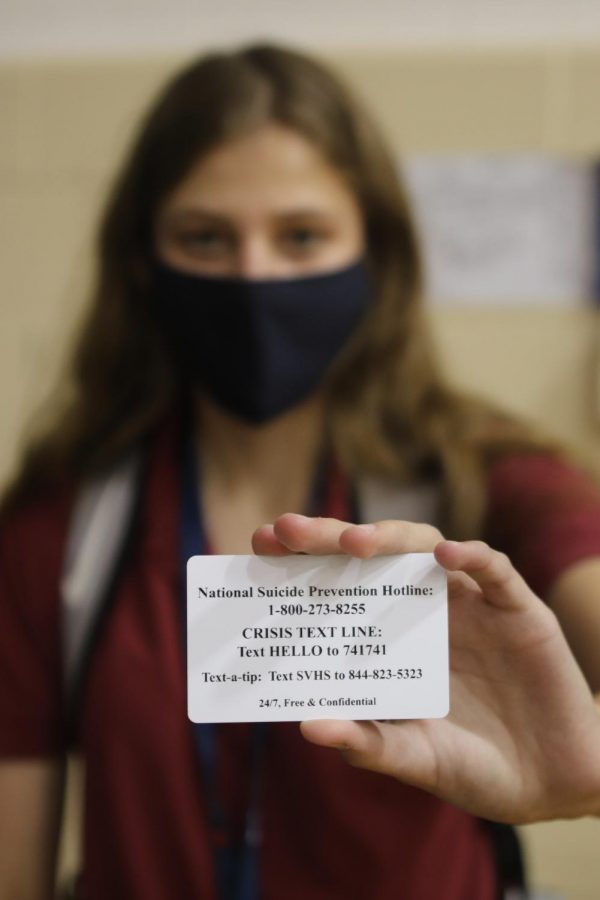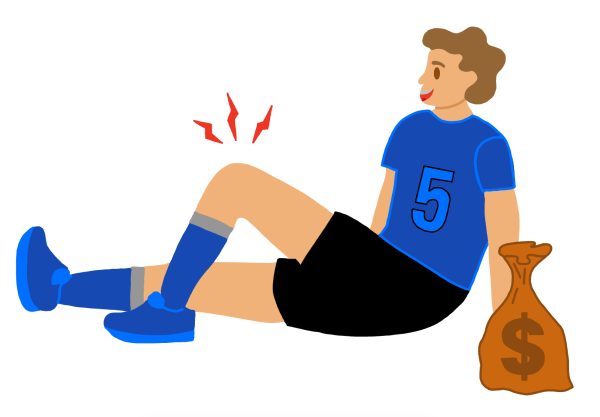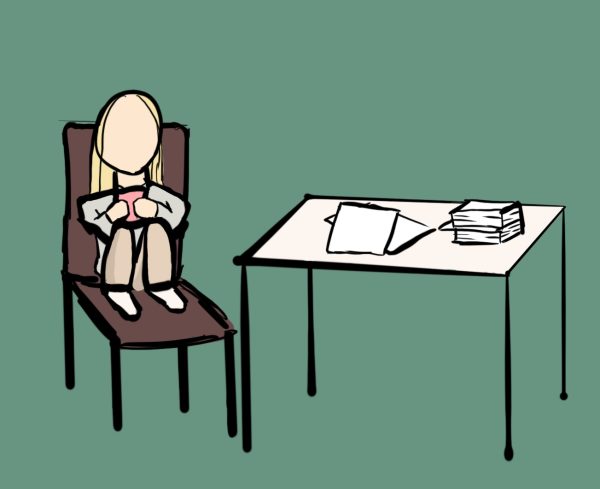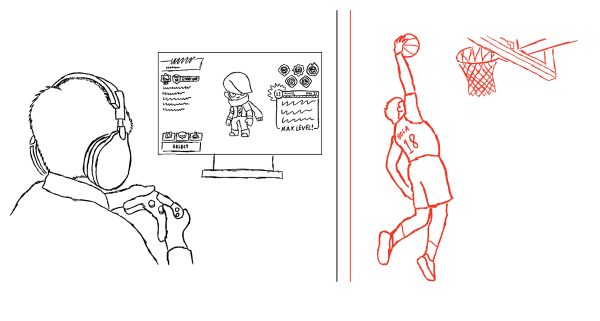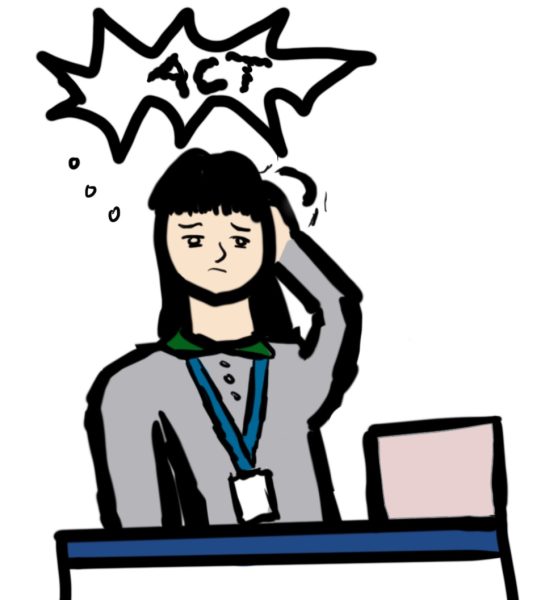Calling attention to mental health needs not being met
To say that there is a mental health crisis in America would be an understatement. Since 2007, the suicide rate of adolescents aged 10-24 has increased by almost 60 percent, according to the CDC. Data from the World Health Organization shows that 9.7 percent of teenagers have been diagnosed with a severe depressive disorder, and less than 27 percent of that number had access to reliable mental health resources.
For students, the stress of high school is compounded by the shifting reliance on the digital world, and the volatile environment of a pandemic-stricken America. Life is overwhelming and complicated, and one thing is clear: There needs to be greater communication between students, faculty and counseling about the real issues they are facing and how to work to solve them.
The administration has made a few attempts to address this problem. In 2020, we received the phone number of a hotline where we were encouraged to text anonymous tips to a professional counselor either about personal issues or concerns within the school. Just recently, we received our student ID badges with the added surprise of the suicide prevention hotline being splashed across the back. Unlike the “Text-a-Tip’’ service, however, the new badges were never addressed by any member of the faculty or administration; instead, they have become a joke among some of the student body.
This is not to say that these hotlines cannot be or have not been helpful to students; But when solely given them with no context, it comes off as impersonal and students can feel less comfortable using these resources.
We have seen that the school is capable of addressing serious issues; In 2019, there was a large-scale anti-vaping campaign, with students analyzing media and discussing the problem during extended homerooms. Announcements were made every day reminding students that they could anonymously drop vaping devices in the counselor’s office at any time, free of consequences. Now more than ever, when suicide has become the second-leading cause of death in adolescents, there should be a greater layer of transparency between students and counseling about mental health.
Viator prides itself both on having a rigorous college preparatory curriculum as well as an overall high student involvement in extracurricular activities. It would seem that the increased pressure of attending such a difficult school would constitute a higher dedication to providing proper attention to mental health. However, the immense academic pressure can seem at times to take precedence over dealing with one’s mental health.
We recognize that solving this problem can be especially difficult considering the sudden departure of a majority of the counseling department, with four counselors leaving, as well as with the ongoing uncertainty of operating school during a pandemic. Due to recent turnover, some students have had three different counselors over four years, and many have not even met their new counselors yet. Students are unfamiliar with the steps they can take when they need help, and in many cases, are unsure of where to even begin.
In response, we, the editorial staff, propose a series of suggestions; First, counseling should be allotted more time to meet with students during class time to address problems students may be facing, going past the standard academic and college-oriented sessions. According to Interim Chair of the Counseling Department, during each student’s sophomore year, the counseling department presents programming from community organization Elyssa’s Mission to raise awareness about suicide prevention and conducts suicide ideation screenings. Students who score within certain indexes are then called to meet with counseling and given the opportunity to discuss their screening results. This programming is a great step towards breaking down the stigma surrounding mental health and suicide prevention, and should not be limited to one occurence. Running follow-up screenings yearly or even bi-yearly would give counselors a greater gauge on how to best meet the needs of students and would help students to assess their own mental health.
Viator should also reevaluate whether each counselor should have to individually handle hundreds of students’ academic and personal struggles. Unlike most public schools, we do not have a social worker, and most counselor meetings are limited to course registrations and basic academic check-ins. Hiring a social worker would greatly aid in providing consistent and available attention to those who are dealing with more severe issues.
Students also have a responsibility of their own in this regard; We need to advocate for ourselves when we know we need assistance, and we need to look out for our peers when we feel they are in danger. Counseling stresses that students are always welcome to stop by, both in times of crisis and in times when we just need a bit of guidance. At the end of the day, the counseling department wants to help to the best of their ability, and there is a level of responsibility on us to utilize it as a support system.
In short, let’s all be clear about the real issue: students in today’s school environment are more likely to be experiencing severe mental health struggles, which can have detrimental consequences. We need to break the stigma surrounding mental health, and this is a two-way street between students and counseling. Let’s work together so that every student feels comfortable asking for professional help and that they can utilize available resources to continue to develop into confident and healthy individuals.
Your donation will support the student journalists of Saint Viator High School. Your contribution will allow us to purchase equipment and cover our annual website hosting costs.



